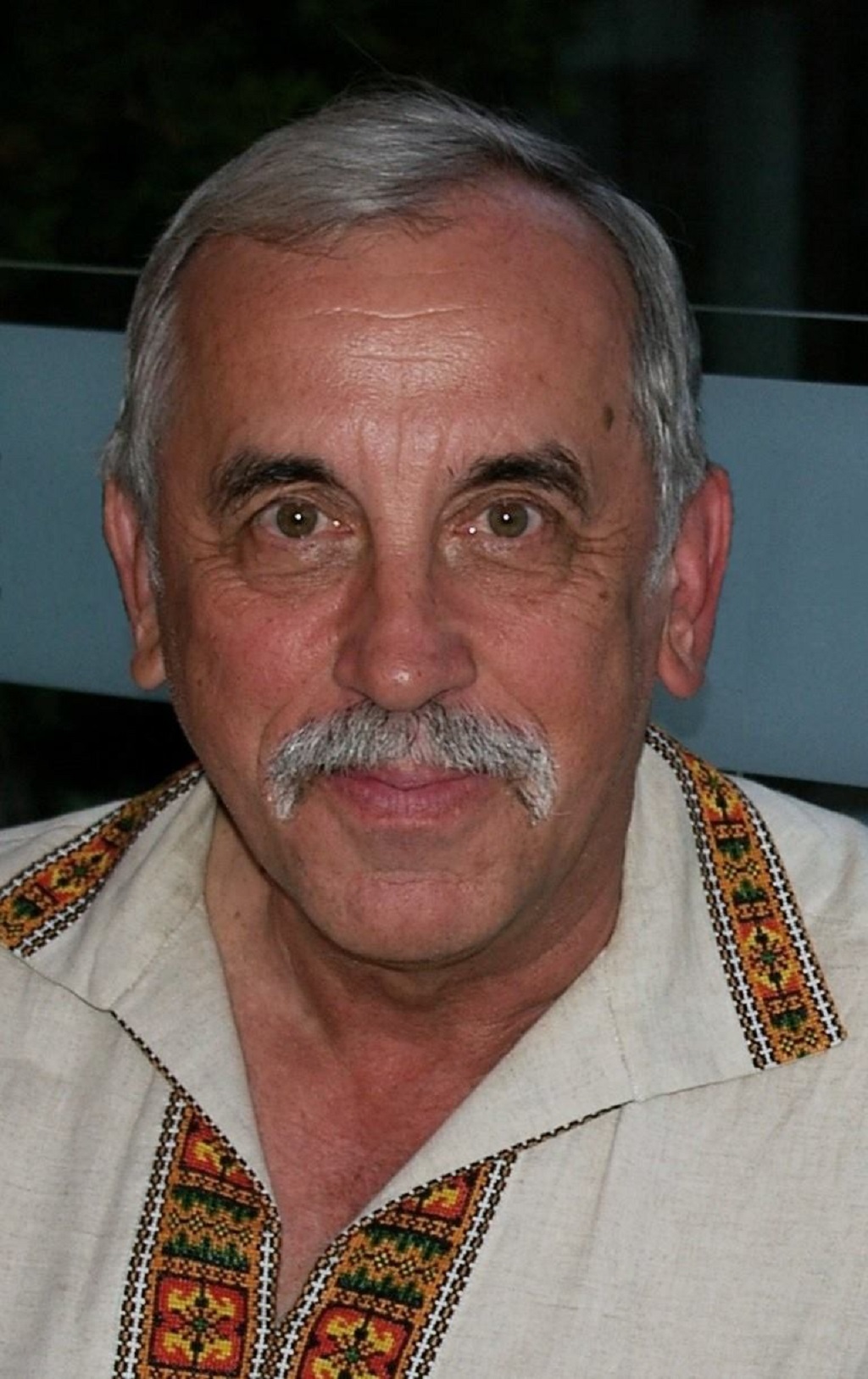Volodymyr Kish.
The City of Oshawa where I live, is not that large as far as cities go, with a population of somewhere around 170,000. If one includes the neighbouring towns and villages that are really part of the Oshawa metropolitan area, that number grows to about 380,000. That makes it the 7th largest urban area in the province of Ontario, and 14th in all of Canada.
Oshawa is a pretty diverse city from an ethnic standpoint, having attracted large influxes of immigrants from all over the world during its heyday as the auto manufacturing capital of Canada. It is home to General Motors, which has been building cars in Oshawa since 1918, and at its peak employed some 25,000 workers. Many of these were Ukrainians from the Second and Third waves of immigration following the two great wars of the twentieth century. Limited by language and recognition of foreign credentials, they were able to find well paying jobs working on the assembly lines making Chevrolet and Pontiac cars, as well as GM trucks.
Of course, they brought their culture and strong sense of national identity with them, and it wasn’t long before Ukrainian churches and halls were being built, most of them in the area of south Oshawa along Bloor Street which became known as Little Ukraine. There were two Ukrainian Orthodox churches, St. John’s and St. Mary’s (Bukovinian). The Greek Catholics built a large church of their own, St. George’s, literally a stone’s throw from St. John’s. Across the street from St. John’s, a Ukrainian National Federation (UNF) Hall was erected. Several blocks down from the UNF Hall along Bloor St., the LIGA/SUM folks built their own Dnipro Hall. Almost halfway between the UNF and Dnipro halls, stood the Ukrainian Labour temple, home to Oshawa’s small but vocal Ukrainian Communist community. According to the last census, there are currently some 14,000 people of Ukrainian descent living in the greater Oshawa area.
Each of these Ukrainian communities spawned a rich variety of choirs, dance groups, musical ensembles, youth and scouting organizations and sports teams. At their peak, during the 1960s and 70s, Ukrainian community life in Oshawa was rich and varied, and Ukrainians played an important and influential part in the social, cultural and political life of the city.
In 1974, the city’s Folk Arts Council decided to organize a week-long multicultural festival which was named Fiesta. Most of the numerous ethnic communities in the area took part, with each community hall or “pavilion” adopting the name of a city from the ancestral homes. Residents of the city could purchase a passport at a nominal fee which would entitle them to visit all the pavilions and sample the food, entertainment and culture of each ethnic group.
I took part in that first inaugural year of Fiesta, as a dancer at the UNF’s “Kiev” pavilion. For six straight nights, I performed three shows a night, while the kitchen at the hall produced an endless stream of varenyky and cabbage rolls to feed the large crowds that came to experience a little bit of Ukrainian food and culture. There were no less than four Ukrainian pavilions that year – Kyiv (UNF), Dnipro (LIGA/SUM), Odessa (Orthodox) and Lviv (Greek Catholic). Fiesta has been going strong ever since, and in its peak years featured over twenty ethnic pavilions.
This year, Fiesta celebrated its 45th anniversary, and once again I was “performing” at Fiesta. Alas, being of pension age, I no longer dance, but was thrilled to be an emcee at the St. John’s Odesa pavilion. The number of Ukrainian pavilions has shrunk to two, with the UNF and LIGA/SUM halls now both sold and long gone. Nonetheless, the Ukrainian spirit is still alive and strong at Odesa and Lviv. There are also still thirteen ethnic communities and corresponding halls still participating in Fiesta, and that is likely to continue for the foreseeable future.
Aside from showcasing one’s culture, the Fiesta experience plays an important role in keeping our Ukrainian communities strong. In the case of St. John’s and St. George’s in Oshawa, it is a strong motivating force that brings together all members of the parish, young and old, in a common cause. The amount of volunteer effort and teamwork that is required to run a pavilion at Fiesta for a whole week is phenomenal, yet year after year, it comes together like clockwork. People unselfishly give of their time, skills and support because it instills in them a sense of belonging and being part of something of significant spiritual and cultural value. As Ukrainians, we are the sum total of over a thousand years of history as well as artistic and cultural evolution. It is something to be proud of, and something we should share with the rest of our fellow Canadians in this land we have chosen as our home.
Share on Social Media




































